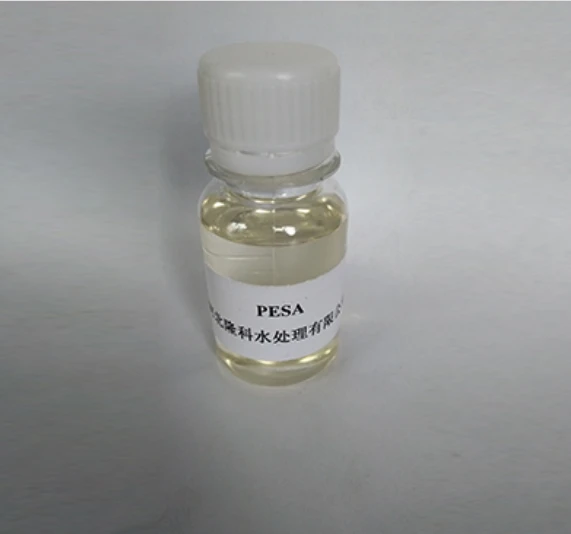chloro methyl isothiazolinone
Chloro-Methyl Isothiazolinone Understanding Its Use and Safety Concerns
Chloro-methyl isothiazolinone (CMI) is a biocide commonly used in various industrial and consumer products to prevent microbial growth and extend shelf life. As an isothiazolinone compound, CMI is particularly effective against bacteria and fungi, making it a popular choice for formulations in cosmetics, personal care products, paints, and various household items. This article delves into what CMI is, its applications, and the safety concerns associated with its use.
What is Chloro-Methyl Isothiazolinone?
CMI is a synthetic organic compound belonging to the family of isothiazolinones. It features a chlorine atom that enhances its antimicrobial activity. In practice, CMI is often used in conjunction with other preservatives to provide broad-spectrum protection against microbial contamination. Its mechanism of action involves the disruption of cellular processes in microorganisms, leading to their death and preventing spoilage in formulations.
Applications of CMI
CMI is widely utilized across various industries. In personal care and cosmetic products, it acts as a preservative, ensuring that these products remain safe and effective throughout their shelf life. Found in shampoos, lotions, and other beauty products, CMI helps prevent the growth of harmful bacteria that could compromise product integrity.
In addition to personal care products, CMI is commonly used in household cleaning agents, industrial lubricants, and paints. In the latter applications, it plays a crucial role in preventing mold and mildew formation in water-based formulations, ensuring that products maintain their appearance and effectiveness over time.
Furthermore, CMI can also be found in materials like paper and textiles, where it serves as a protective agent to fend off microbial growth that may lead to product degradation or unpleasant odors.
chloro methyl isothiazolinone

Safety and Regulatory Concerns
Despite its effectiveness as a biocide, the use of CMI has raised significant safety concerns, particularly in relation to skin sensitization and allergic reactions. The rising incidence of allergic contact dermatitis linked to CMI exposure has led to increased scrutiny from regulatory bodies such as the European Chemicals Agency (ECHA) and the U.S. Environmental Protection Agency (EPA).
In recent years, numerous studies have documented adverse skin reactions associated with products containing CMI. As a result, the European Union has taken steps to restrict its concentration in cosmetic formulations, recognizing the potential for sensitization, particularly in leave-on products. The restrictions have prompted manufacturers to explore alternative preservatives that offer similar efficacy without the associated risks of allergic reactions.
Additionally, concerns over CMI's environmental impact have been raised, given its biocidal properties and persistence in the ecosystem. Regulatory bodies are increasingly evaluating the long-term effects of biocides like CMI on aquatic life and overall biodiversity. This has led to a push for the development of more sustainable and environmentally-friendly preservatives that do not pose the same level of risk to human health and the environment.
Consumer Awareness
For consumers, understanding the presence of CMI in everyday products is crucial. Label reading has become an essential practice for those who are sensitive to skin irritants or who wish to avoid potential allergens. Many companies are now beginning to disclose ingredient information more transparently, allowing consumers to make informed choices regarding the products they use.
Conclusion
Chloro-methyl isothiazolinone plays a significant role in various industries due to its potent antimicrobial properties. However, the concerns surrounding its safety, particularly regarding skin sensitization and environmental impact, have prompted regulatory actions and increased consumer awareness. As the demand for better and safer preservatives continues to rise, ongoing research and innovation will be crucial in finding alternatives that maintain product integrity while safeguarding human health and the environment. For now, both manufacturers and consumers must navigate the challenges presented by CMI, balancing efficacy and safety in the products they create and use.
-
lk-319-special-scale-and-corrosion-inhibitor-for-steel-plants-advanced-solutions-for-industrial-water-systemsNewsAug.22,2025
-
flocculant-water-treatment-essential-chemical-solutions-for-purification-processesNewsAug.22,2025
-
isothiazolinones-versatile-microbial-control-agents-for-industrial-and-consumer-applicationsNewsAug.22,2025
-
scale-inhibitor-key-solutions-for-water-system-scale-preventionNewsAug.22,2025
-
organophosphonates-versatile-scale-inhibitors-for-industrial-water-systemsNewsAug.22,2025
-
scale-and-corrosion-inhibitor-essential-chemical-solutions-for-water-system-maintenanceNewsAug.22,2025





